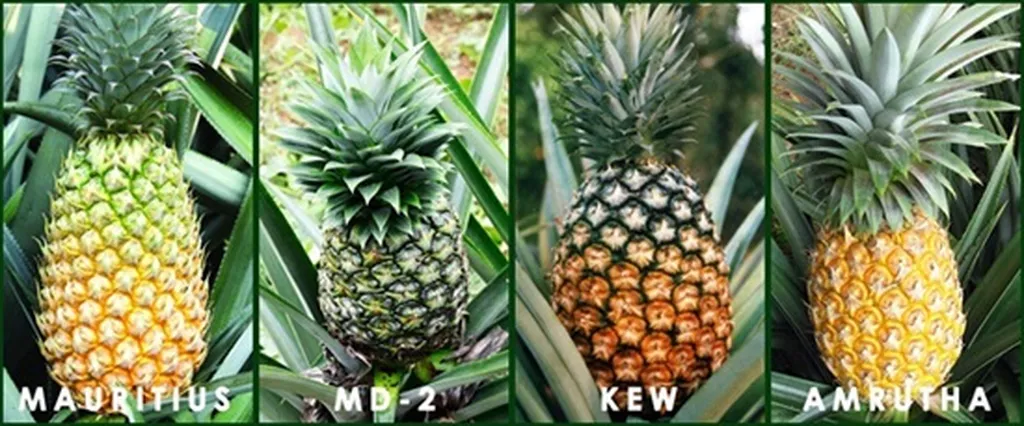In the heart of Malaysia, a team of researchers led by Mohamad Faizal Ab Jalal from the Universiti Teknologi MARA Johor Branch is tackling a challenge that could revolutionize the pineapple industry. Their work, published in the *Journal of Computing Research and Innovation* (translated from Malay as *Journal of Innovation and Computing Research*), focuses on enhancing the accuracy of pineapple cultivar classification, a task that has long been hindered by technical limitations.
The study identifies key challenges in image acquisition, feature extraction, and classification algorithms, which have historically impeded the development of reliable autonomous recognition systems. “Accurate classification of pineapple cultivars is crucial for precision agriculture and post-harvest processing,” explains Jalal. “Our research aims to address these technical gaps to support more efficient and effective agricultural practices.”
The team’s findings reveal significant deficiencies in current image datasets, leading them to propose a standardized acquisition protocol. This protocol includes consistent lighting, optimal camera positioning, and suitable file formats to ensure high-quality images. “By standardizing the image acquisition process, we can significantly improve the reliability of the data used for classification,” Jalal notes.
One of the study’s key contributions is the validation of the HSV (Hue, Saturation, Value) color space for extracting skin features. The researchers found that using HSV color space, along with optimized threshold values and post-processing steps, significantly reduces classification errors. “The HSV color space provides a more accurate representation of the pineapple’s skin features, which is essential for precise classification,” Jalal explains.
The study also proposes algorithmic refinements that integrate chromatic and morphological attributes, such as surface area, and optimize logical operators to enhance accuracy. These improvements address two main research gaps: the precise quantification of skin color and the development of robust classification frameworks.
Looking ahead, the researchers plan to focus on empirical validation and the deployment of the YOLOv7 model for real-time, on-site assessment of fruit maturity in field conditions. “Our goal is to develop a system that can be used in real-world agricultural settings, providing farmers with accurate and timely information,” Jalal says.
The implications of this research are far-reaching. By advancing precision agriculture, the study could lead to more efficient farming practices, reduced waste, and improved post-harvest processing. “This research has the potential to transform the pineapple industry, making it more sustainable and profitable,” Jalal concludes.
As the world continues to grapple with the challenges of feeding a growing population, innovations like these are crucial. The work of Jalal and his team not only addresses immediate industry needs but also paves the way for future developments in autonomous agriculture. Their research serves as a testament to the power of technology in driving agricultural advancements, offering a glimpse into a future where precision and efficiency go hand in hand.

